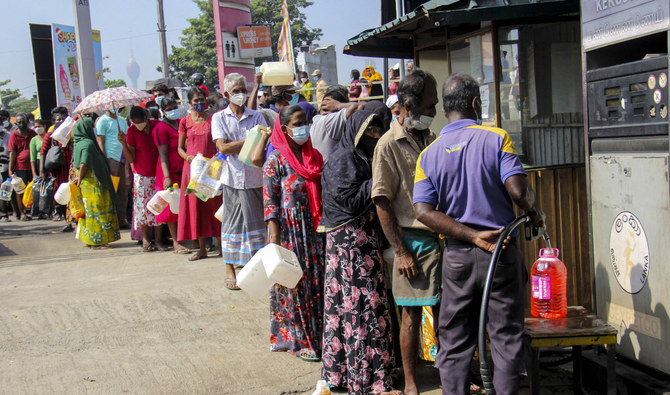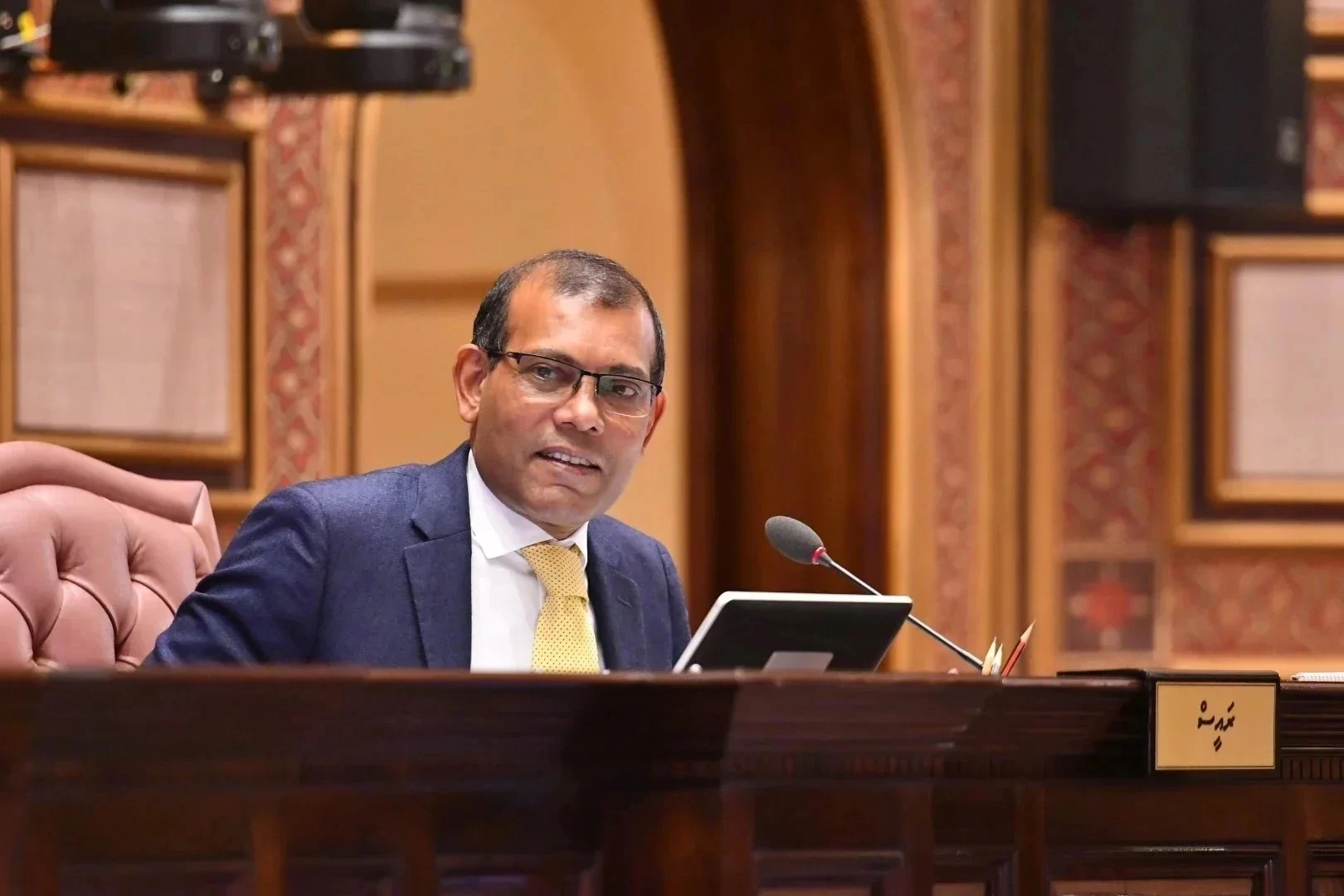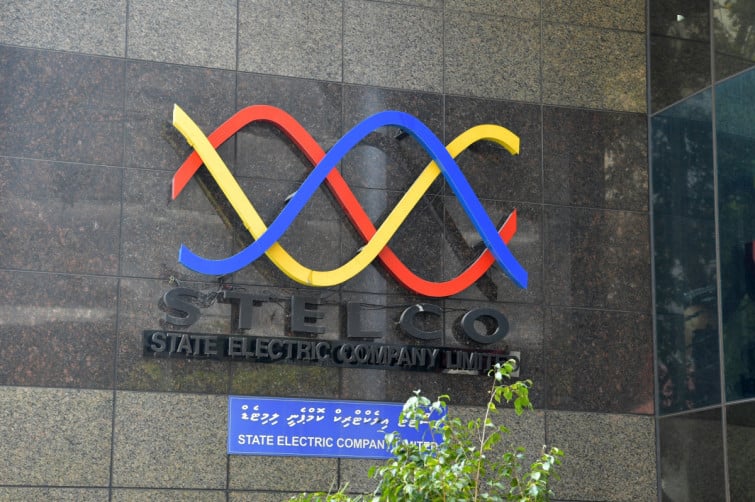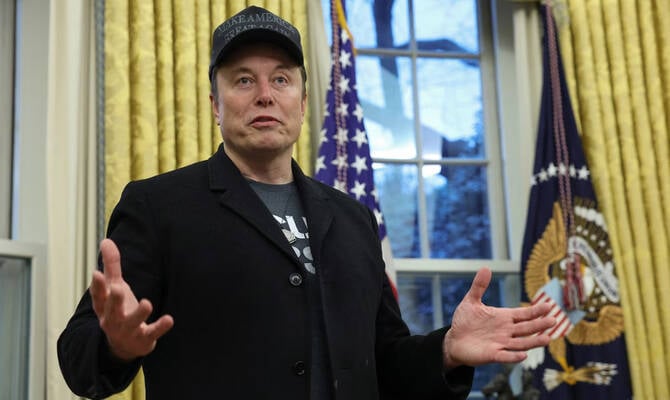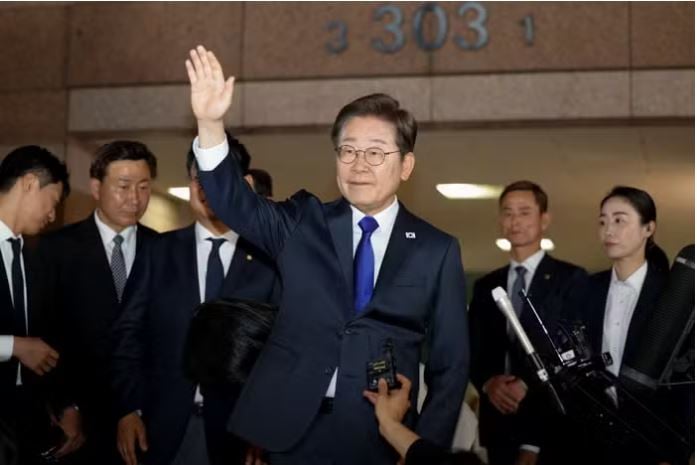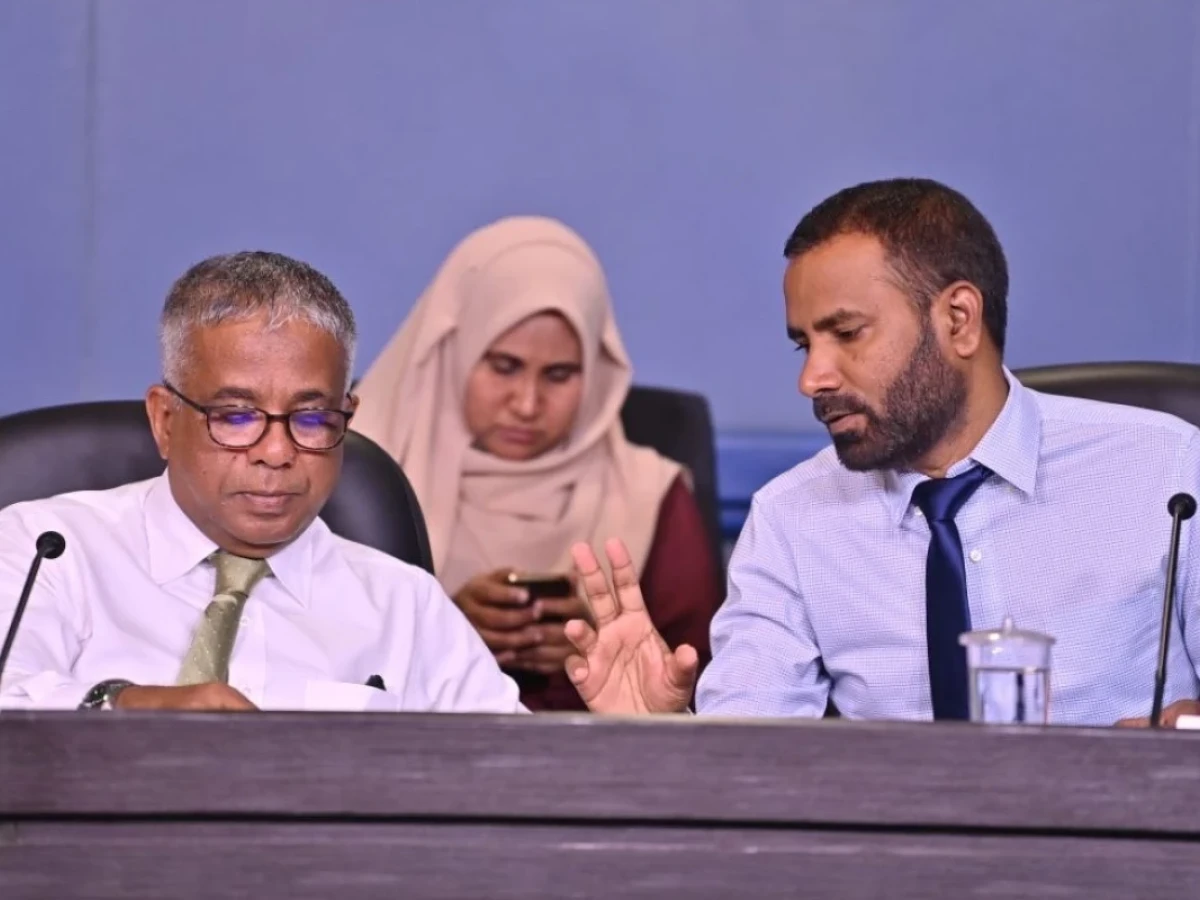Sri Lanka’s prime minister warned on Friday of looming food shortages, with the country unable to secure fertilizer for rice cultivation amid a devastating economic crisis.
The island nation of 22 million people is facing acute shortages not only of food, but also medicines and fuel, as its budget deficit climbs to $6.8 billion, or 13 percent of gross domestic product, leaving essential imports out of reach.
Many in Sri Lanka can hardly afford three meals a day, with the price of some essential food items, such as rice, having risen by 300 percent since the beginning of the year, according to the central bank’s estimates from April.
The country has already defaulted on its debts after missing a deadline for foreign debt repayments, Wednesday. The following day, it ran out of petrol, with no money coming and fuel ships remaining anchored offshore.
Prime Minister Ranil Wickremesinghe, who took office after his predecessor resigned last week, said the looming food crisis was due to a lack of fertilizer for agricultural production.
“From August there is the possibility of a food crisis in Sri Lanka,” he said in a statement, adding that it remains to be seen how the county will survive.
“As Sri Lanka has not had fertilizer for cultivation, the coming rice cultivation season will not have the full production.”
A decision in April last year by President Gotabaya Rajapaksa to ban all chemical fertilizers has led to a fall in crop yields. Although the ban was lifted a few months later, no substantial imports have occurred.
Sri Lanka’s devastating economic crisis — the worst since independence in 1948 — has triggered widespread demonstrations across the country since March, with protesters demanding the resignation of Rajapaksa and his family, whom they blame for the worsening situation.
The central bank governor said on Thursday that foreign exchange had been secured from a World Bank loan and remittances to pay for fuel and cooking gas shipments, but supplies are still to flow through.
Inflation could rise further to a staggering 40 percent in the next couple of months. Still, it was being driven largely by supply-side pressures, and measures by the bank and government were already reining in demand-side inflation, the governor added.
The island nation of 22 million people is facing acute shortages not only of food, but also medicines and fuel, as its budget deficit climbs to $6.8 billion, or 13 percent of gross domestic product, leaving essential imports out of reach.
Many in Sri Lanka can hardly afford three meals a day, with the price of some essential food items, such as rice, having risen by 300 percent since the beginning of the year, according to the central bank’s estimates from April.
The country has already defaulted on its debts after missing a deadline for foreign debt repayments, Wednesday. The following day, it ran out of petrol, with no money coming and fuel ships remaining anchored offshore.
Prime Minister Ranil Wickremesinghe, who took office after his predecessor resigned last week, said the looming food crisis was due to a lack of fertilizer for agricultural production.
“From August there is the possibility of a food crisis in Sri Lanka,” he said in a statement, adding that it remains to be seen how the county will survive.
“As Sri Lanka has not had fertilizer for cultivation, the coming rice cultivation season will not have the full production.”
A decision in April last year by President Gotabaya Rajapaksa to ban all chemical fertilizers has led to a fall in crop yields. Although the ban was lifted a few months later, no substantial imports have occurred.
Sri Lanka’s devastating economic crisis — the worst since independence in 1948 — has triggered widespread demonstrations across the country since March, with protesters demanding the resignation of Rajapaksa and his family, whom they blame for the worsening situation.
The central bank governor said on Thursday that foreign exchange had been secured from a World Bank loan and remittances to pay for fuel and cooking gas shipments, but supplies are still to flow through.
Inflation could rise further to a staggering 40 percent in the next couple of months. Still, it was being driven largely by supply-side pressures, and measures by the bank and government were already reining in demand-side inflation, the governor added.




